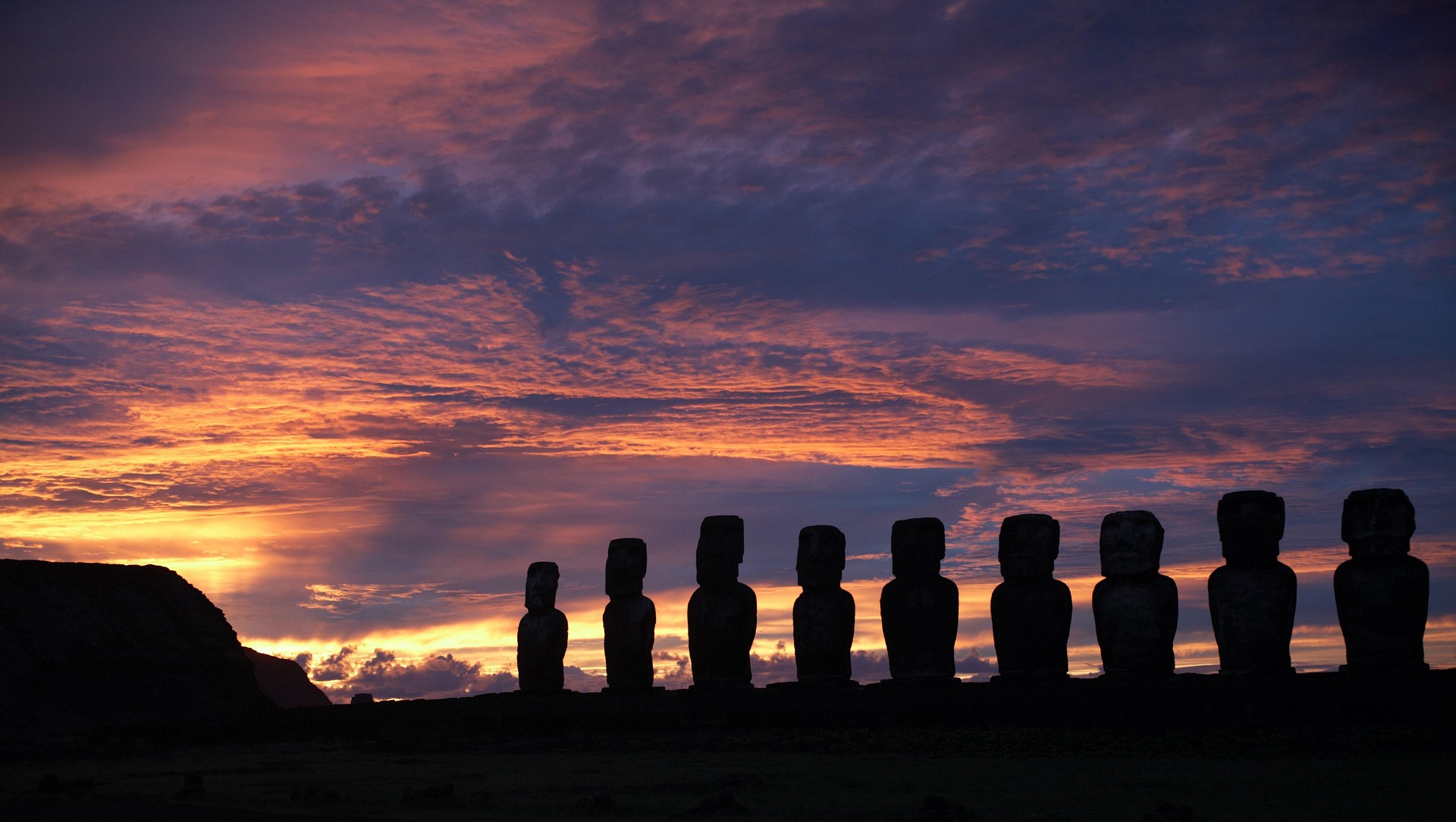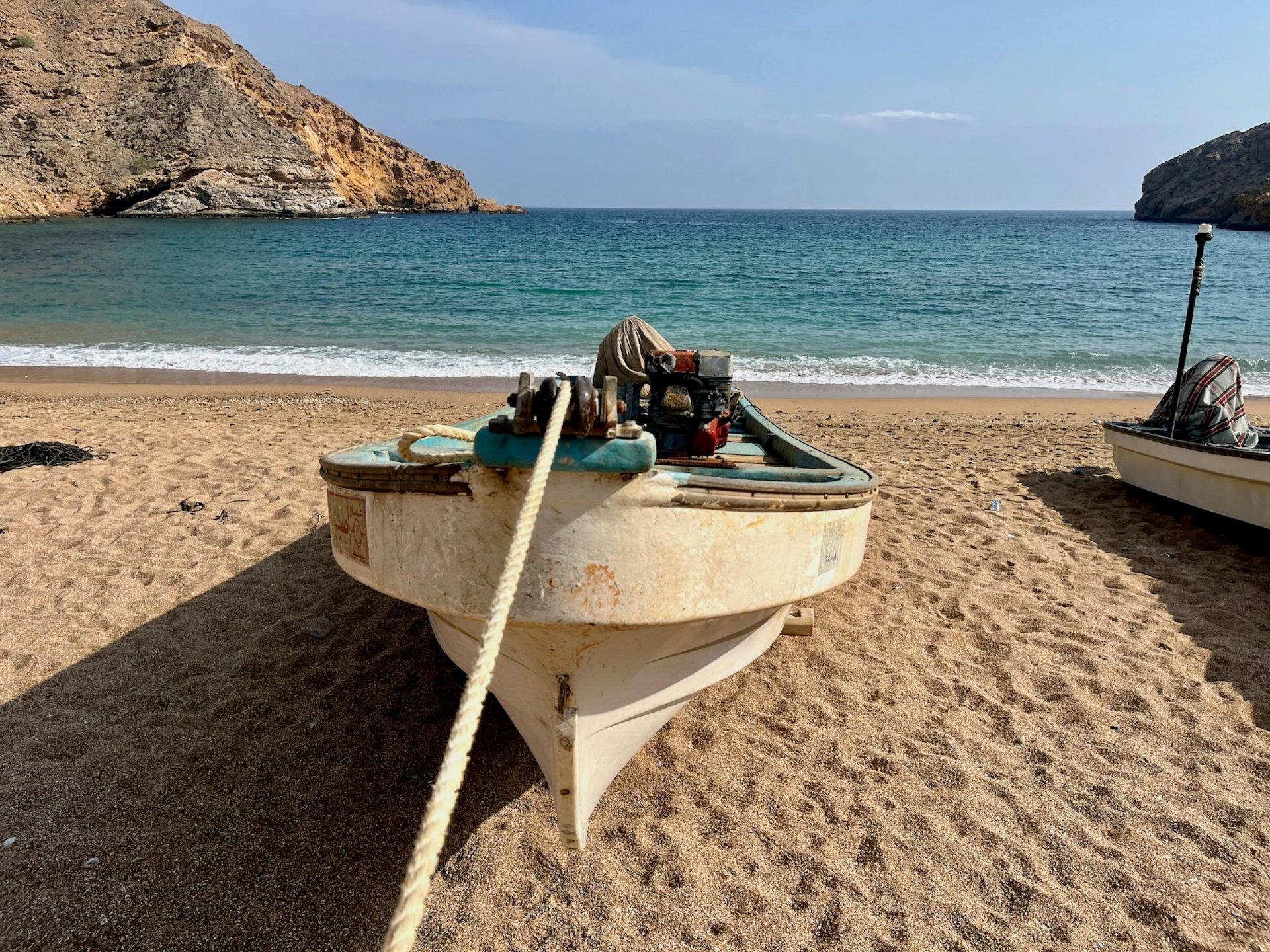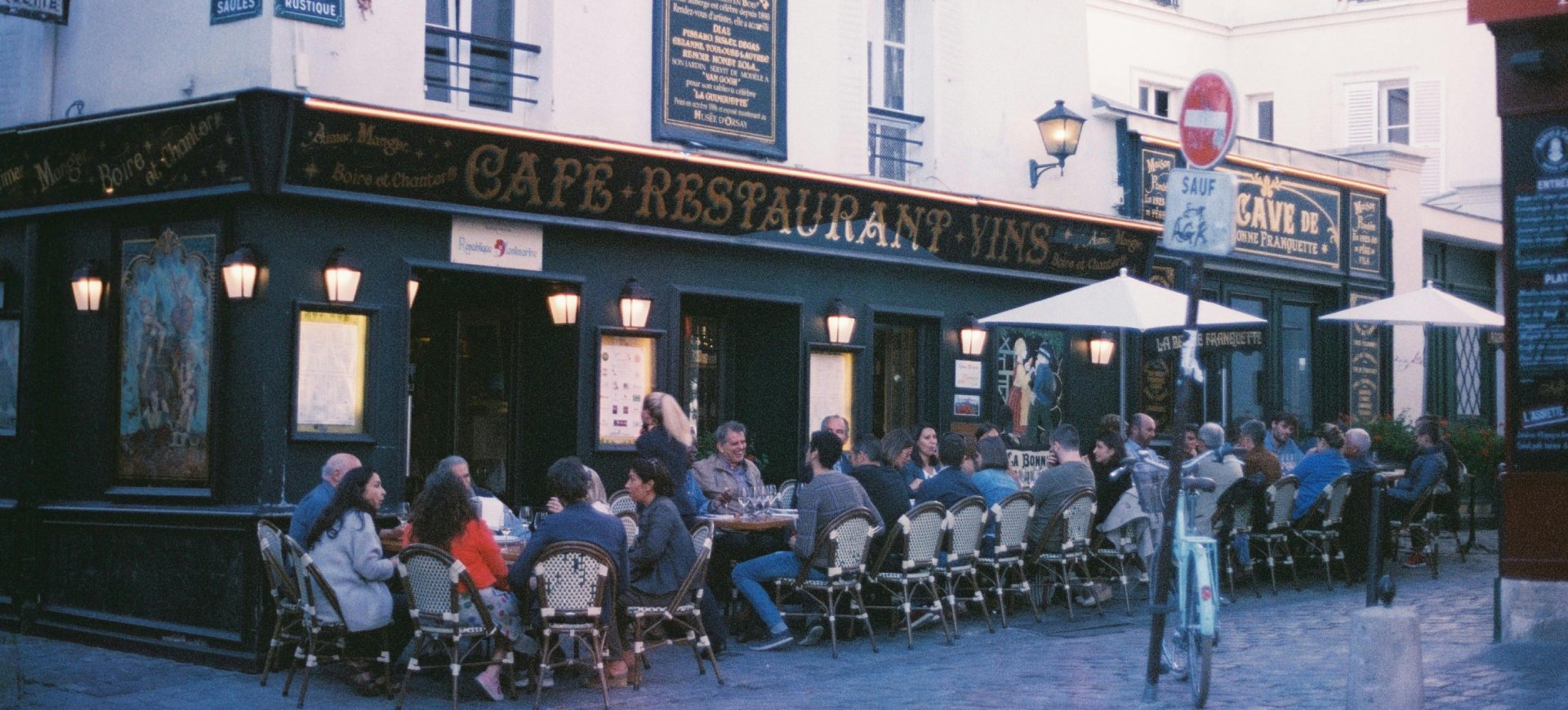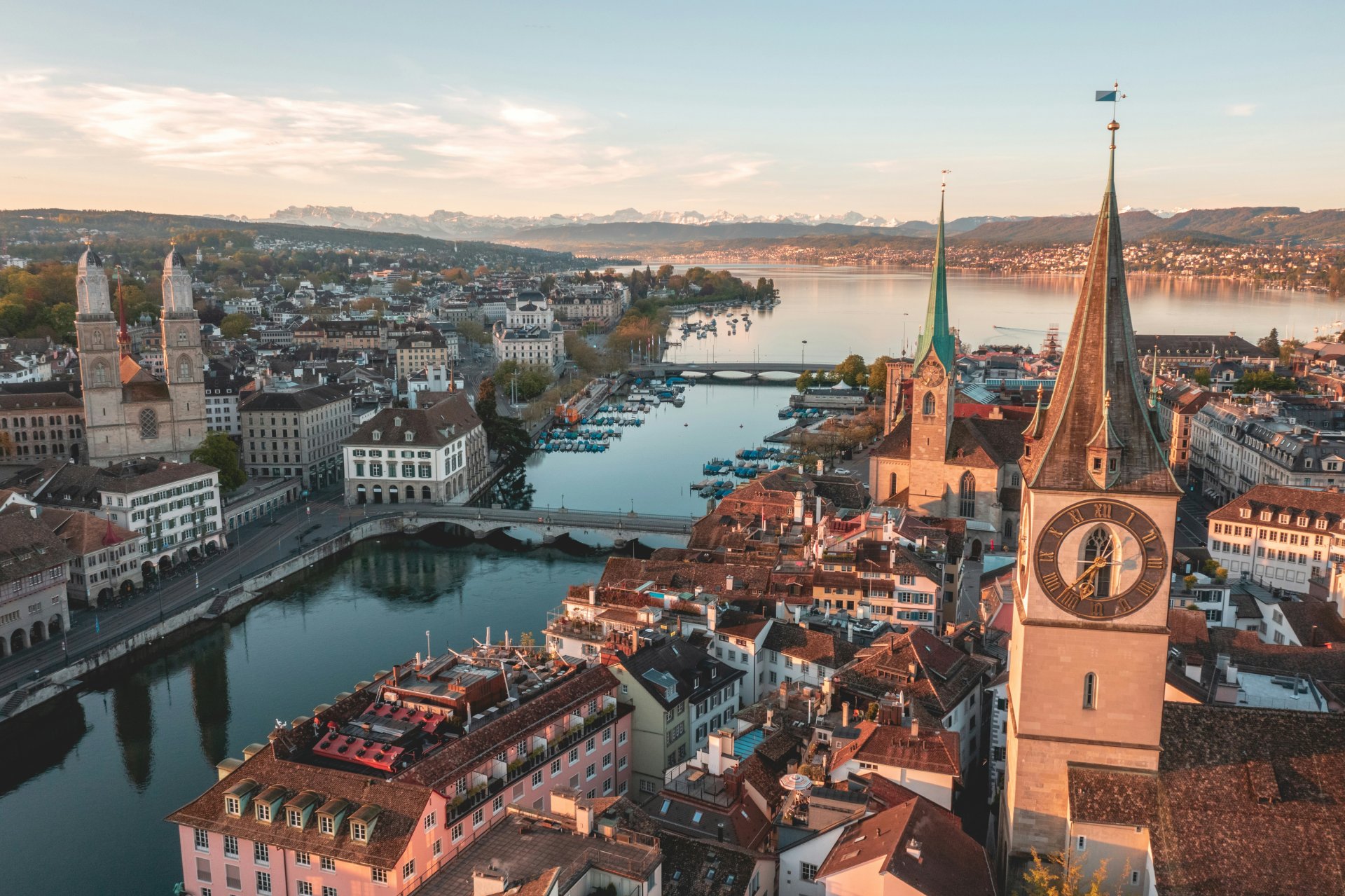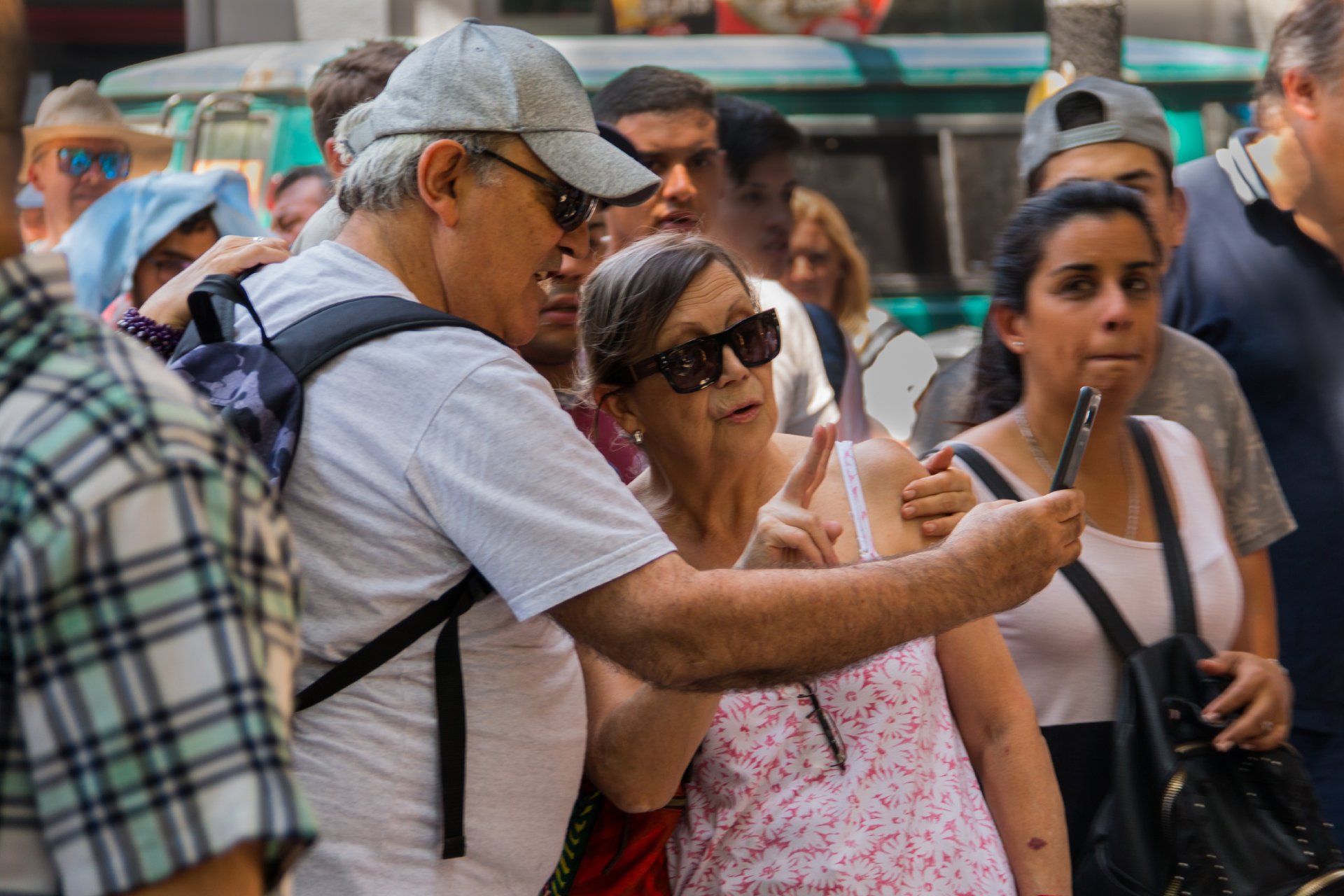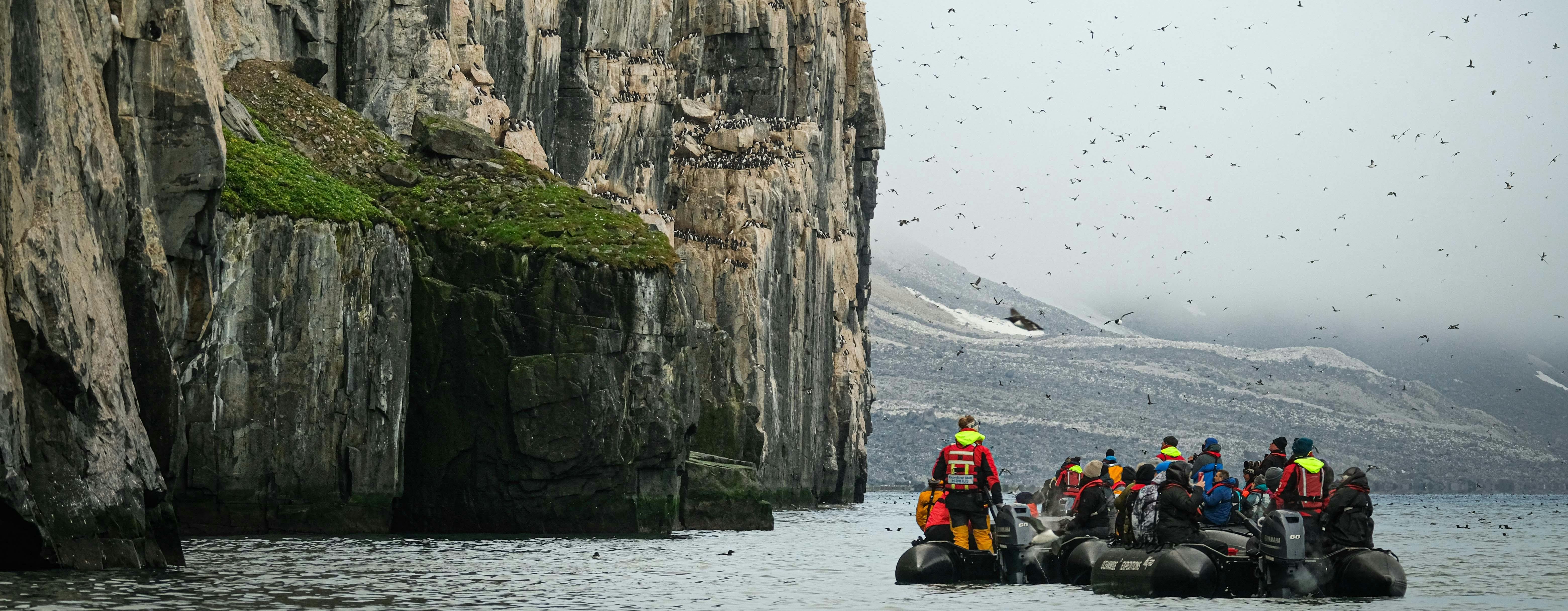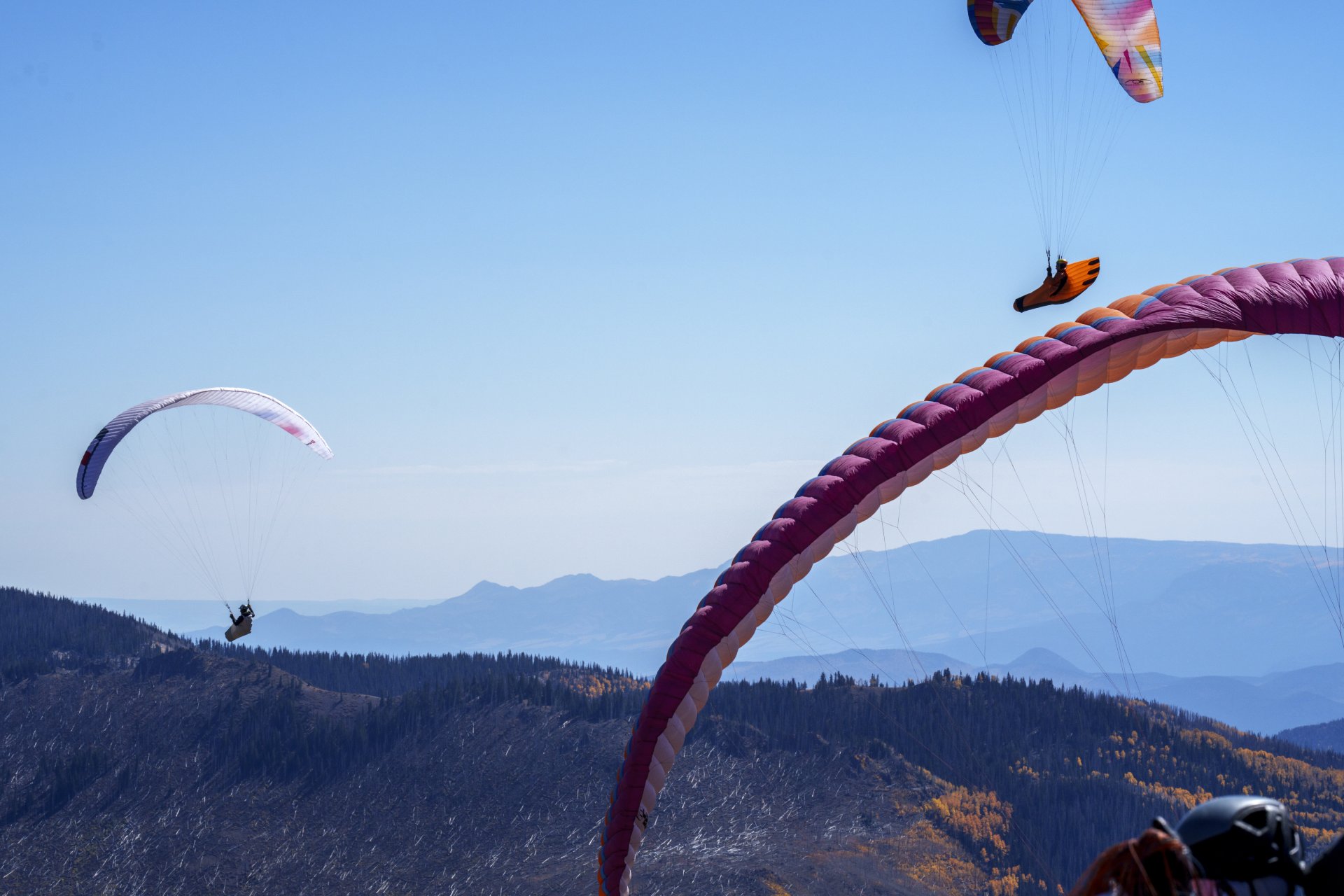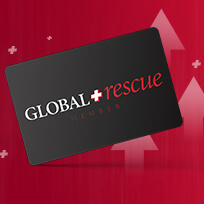Article Highlights:
- Explore Easter Island (Rapa Nui) and its legendary Moai statues, volcanic landscapes, and Polynesian culture.
- Learn about Rapa Nui’s customs, including respectful greetings, dress codes, and sacred site etiquette.
- Savor local cuisine, from fresh seafood to traditional curanto, and discover unique street food options.
- Engage in adventure activities like surfing, diving, and hiking while experiencing Rapa Nui’s music and art scene.
- Plan your trip with key travel information on visas, accommodations, transportation, and safety considerations.
Why Visit Easter Island (Rapa Nui)?
Rapa Nui, more famously known as Easter Island, is a marvel of history, mystery, and natural beauty. The Rapa Nui people are descendants of Polynesian navigators who arrived centuries ago. Their unique blend of Polynesian and South American influences is evident in local traditions, religious practices, and craftsmanship.
Historically, the island’s economy relied on fishing and agriculture, but tourism now plays a vital role. Rapa Nui maintains a strong cultural identity despite its isolation, with locals passionately preserving their language, music, and art. Visitors looking to explore Rapa Nui will find an array of breathtaking sights and activities, including scenic volcanic landscapes and sacred sites, as well as opportunities to immerse in unique, native traditions.
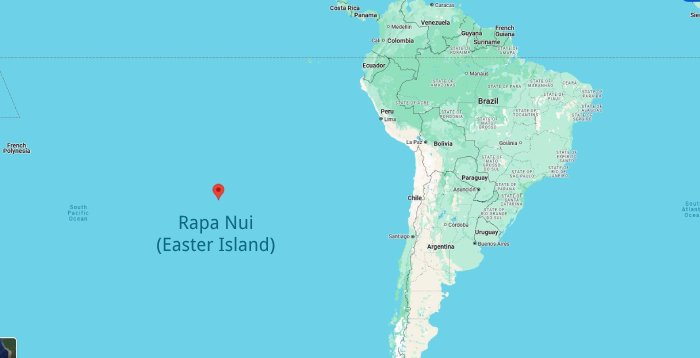
Located over 2,000 miles off the coast of Chile in the southeastern Pacific, this remote island is home to the legendary Moai statues carved centuries ago by the island’s ancestors. The iconic Ahu Tongariki, with its lineup of towering Moai, is a must-see at sunrise. Rano Kau and Orongo provide sweeping views of the crater and ocean while revealing the fascinating history of the Birdman Cult.
Beyond its archaeological and natural wonders, Rapa Nui offers tranquil and adrenaline-pumping activities, from pristine beaches to exceptional surfing.
For adventure seekers, the island’s rugged terrain and crystal-clear waters provide hiking, snorkeling, and world-class surfing opportunities. Nature lovers can explore the island’s volcanic craters, lush meadows, and coastal cliffs, while those looking for an evening experience can enjoy cultural performances featuring traditional dance and music.
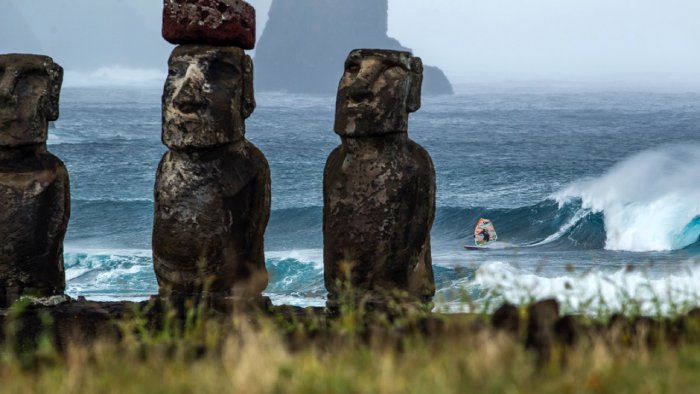
Surfing is a major draw, with Tahai and Mataveri popular spots for catching waves. However, strong currents can make surfing dangerous, so beginners should seek local guidance. Diving and snorkeling allow visitors to witness the island’s vibrant marine life, while horseback riding offers a unique way to traverse its rugged landscapes.
Those seeking a relaxing day trip can visit Anakena Beach, known for its soft white sand and Moai standing near the shore. The island also boasts a vibrant art scene, with contemporary galleries showcasing Rapa Nui-inspired pieces, street art narrating local legends, and live music performances that celebrate Polynesian traditions.
Cuisine and Cultural of Rapa Nui
Food lovers will find Rapa Nui’s cuisine a delightful blend of Polynesian and Chilean influences. Fresh seafood is a staple, with tuna, mahi-mahi, and lobster commonly featured. The traditional dish curanto, a slow-cooked mix of seafood, meat, and vegetables wrapped in banana leaves, is a must-try.
Street food options include empanadas stuffed with cheese or seafood, ideal for a quick bite. Travelers with dietary restrictions should plan, as vegetarian and vegan options can be limited. While tap water is generally safe for brushing teeth, bottled or spring water is recommended for drinking.
Understanding and respecting local customs is crucial when visiting Rapa Nui. The island’s culture is deeply rooted in Polynesian traditions, and travelers should approach it with sensitivity and appreciation. When greeting locals, a simple handshake or cheek kiss is common, though always wait for the locals to initiate. The Rapa Nui people take pride in their heritage, and it is customary to show deference to elders and community leaders.
Dress modestly, especially when visiting sacred sites such as Rano Raraku or Orongo. While beachwear is acceptable at the shore, it’s inappropriate in villages or cultural sites. Tourists should also be aware of strict laws protecting the Moai statues. Climbing, touching, or defacing them is illegal and carries heavy fines.
Photography is allowed, but visitors should remain respectful of restricted areas. Additionally, Chilean environmental regulations apply, meaning littering and harming flora and fauna can lead to penalties.
The official language of Rapa Nui is Spanish, though many locals speak Rapa Nui, the island’s native Polynesian tongue. English is spoken in some tourist areas, but carrying a phrasebook or translation app is helpful.
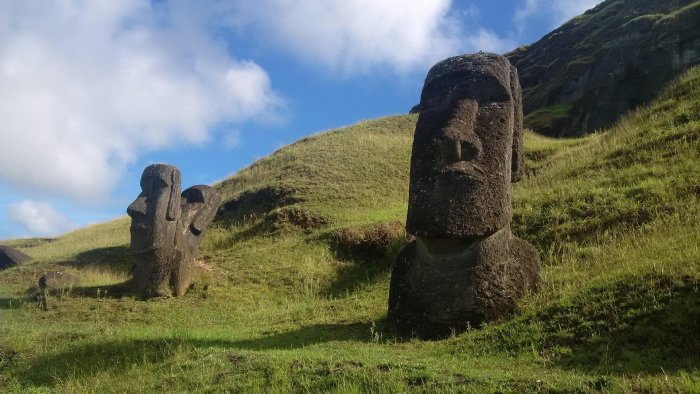
Getting to Easter Island
Rapa Nui has a subtropical climate, making it a year-round destination. The warmest months, from December to March, are ideal for beach activities and outdoor adventures. However, this is also the peak tourist season, leading to higher accommodation costs. The cooler months, from June to September, offer a quieter experience, though occasional rains are expected. Light clothing, a rain jacket, and sturdy shoes for hiking are recommended.
Travelers to Rapa Nui must adhere to Chilean entry regulations. A valid passport with at least six months of validity is required. Tourists must complete an entry form and, depending on their nationality, may need a visa. Additionally, visitors must present a return ticket and proof of accommodation upon arrival.
The Chilean peso is the official currency, and exchange rates fluctuate. ATMs are available in Hanga Roa, the island’s main town, but visitors should carry cash as electronic payments may not be accepted everywhere. Due to the island’s remote location, expect higher costs for food, lodging, and transportation.
Getting Around on the Island
Public transportation is limited, so most visitors rent bikes, scooters, or cars to explore Rapa Nui. Taxis are available, but ride-sharing services are not. Walking is a viable option within Hanga Roa, but a rental vehicle is necessary for reaching distant sites.
Rapa Nui is a safe destination with low crime rates. Political unrest is rare, and natural disaster risks are minimal. Medical facilities are available but limited, so travelers should have travel protection, like Global Rescue, that includes medical evacuation if necessary. OTC medicines such as ibuprofen and acetaminophen are available under Chilean regulations, but visitors with prescription medicines should carry documentation.
The Global Rescue Connection for Easter Island Travel
When visiting remote locations like Easter Island, preparing for unexpected medical situations is important. Global Rescue offers custom destination reports covering everything from local currency and common scams to health and safety advice. With a Global Rescue travel membership, you’ll have access to the following services at no charge:
- Field rescue from the point of illness or injury in case of a medical emergency
- Medical evacuation to the nearest appropriate facility, if necessary
- 24/7 medical advisory services to guide you through any health-related challenges while traveling
A Global Rescue membership provides peace of mind, ensuring you’ll have access to the help you need no matter where you are on Easter Island (Rapa Nui).

